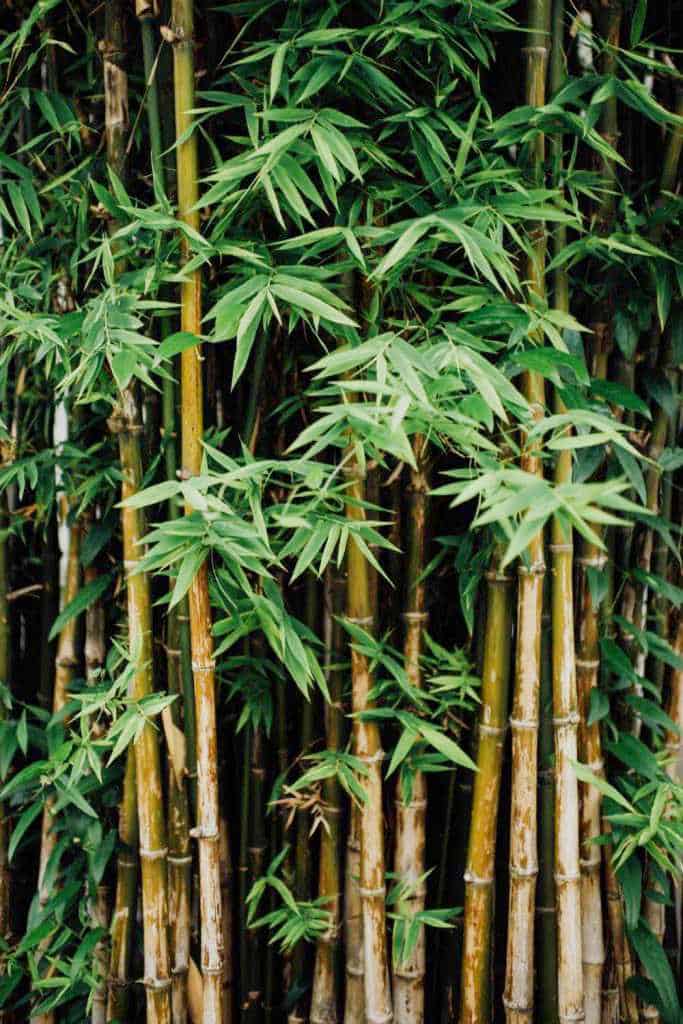Recommended Tips On Picking Bamboo Clothing
Wiki Article
Why Is Hemp So Durable And Stronger, As Well As More Regenerable?
Hemp's inherent properties, as well as the method of growing it makes it more biodegradable, durable and sustainable than cotton. Here's why- Biodegradability-
Natural Fibers Hemp, a natural fiber from plants, is biodegradable. If they are removed hemp clothes and textiles disintegrate in a natural way, returning to the soil without leaving behind lasting garbage. The breakdown of synthetic fibers like polyester, can take hundreds of years.
Hemp textiles do not typically contain chemical treatments or synthetic additives that may hinder biodegradability. Contrary to cotton textiles that may have synthetic chemicals (such as dyes or finishers) that could hinder biodegradation, hemp fibers don't.
Durability-
Hemp is known for its strength and durability. Hemp fabrics, clothing and other products are more durable than cotton. The durability of hemp clothing implies that it can endure longer wear and washing cycles before degrading.
Hemp fabrics are more resistant to pilling than cotton. This attribute helps to prolong their life and overall quality.
Regenerative Agriculture-
Soil Quality Hemp has regenerative characteristics when grown sustainably. Hemp cultivating sustainably has a deep-rooted system that will prevent compaction of the soil. The root system assists in preventing erosion. This aspect of regenerative will leave the soil in better condition to grow future crops.
Low environmental impact - Sustainable hemp cultivation methods require the use of only a few pesticides. Contrary to traditional cotton farming, the use of synthetic chemicals could lead to soil degrading and pollution of water.
Water Efficiency-
Low Water Requirements- Hemp generally requires less water than cotton growth. Because of its drought resistance it is able to be grown without much or no irrigation. It's an efficient use of water in particular for areas that have limited resources.
Hemp can easily be incorporated in crop rotations that improve the health of soil. It can also reduce the risk for disease accumulation and soil depletion. Cotton farming isn't as prone to crop rotation.
The versatility of hemp allows it to be used in many different applications like clothing, textiles, paper and building materials. Hemp cultivation is a flexible crop that is able to help support a range of industries by using sustainable and regenerative methods.
In addition to these advantages of hemp, it's also important for you to be aware that hemp as well as cotton can either be produced sustainably (or not) depending on the farming techniques and methods of processing. Choosing hemp products that are made using ethical and sustainable practices can maximize its environmental advantages. Making the choice to buy organic cotton will also help mitigate the environmental impacts of traditional cotton production. Take a look at the top hemp clothes recommendations for more examples including hemp sweatshirt, jungmaven clothing, hemp long sleeve shirt, patagonia hemp island pants, hemp mens jeans, hemp button down shirt, hemp apparel fabric, hemp jeans, hemp garments, hemp denim and more.
What Makes Hemp Clothing Superior In Terms Of Function And Technology Than Traditional Fibres.
Hemp clothing is an eco-friendly option that offers many functional and technical benefits over conventional fibers. Here are some ways hemp clothing is eco-friendly and high-performance.
Hemp fibers have a superior capacity to wick moisture away and are permeable, meaning that hemp clothing is breathable and comfortable in all conditions. They help wick moisture away from your body, which helps keep you cool and dry in hot weather. They also reduce the possibility of odors and bacterial growth.
Temperature Regulation
Hemp clothing is known for its thermoregulating properties. It keeps your body warm in cold weather by trapping heat close to the body. It also helps keep you cool in hot conditions by allowing heat as well as moisture to be able to escape. The ability to regulate your body's temperature naturally can allow you to not have to change clothes often.
Durability and Longevity
Hemp fibres are well-known for their the durability. Hemp clothing is more robust and resistant to wear and tear as compared to some traditional fibers like cotton. The durability of hemp clothes is that it lasts longer, decreasing the need to replace them and, thus, reducing the environmental impact.
UV Protection-
Hemp fibers protect the skin from harmful UV radiations. This feature can be especially useful for outdoor activities and sports.
Biodegradability:
Hemp clothing breaks down as time passes. It's a fantastic way to reduce textile waste and the impact on the environment.
Low Environmental Impact
Hemp cultivation typically requires fewer synthetic pesticides and herbicides compared to conventional cotton. Hemp also requires less water, and is therefore a more sustainable option. These environmentally friendly characteristics are boosted by organic hemp farming.
Carbon Sequestration-
In the course of their growth, hemp plants can absorb carbon dioxide in the air. This is why hemp can serve as a carbon sink in order to aid in reducing greenhouse gas emissions.
Sustainability and crop rotation-
Hemp is a fantastic crop that can be incorporated into rotations of crops. It helps improve soil health and lowers the chance of contracting diseases. This method of farming that is environmentally friendly is possible because of sustainable farming methods.
Versatility:
Hemp fibers are a flexible material that blends with organic cotton recycled polyester or other materials to create environmentally friendly fabrics. This allows textiles to be innovative and environmentally sustainable.
Low Toxicity
Hemp fibers have a low toxicity and don't require a lot of chemical processing for manufacture. This reduces the negative impact of manufacturing textiles on the natural environment.
While hemp offers many eco-friendly and practical benefits but the durability of clothing is dependent on factors like dyeing techniques and transport. Additionally, it is impacted by ethical labor practices. Consumers who want to be environmentally conscious must choose brands of clothing that make use of hemp and other sustainable fibers, and should prioritize transparency and ethical manufacturing. Check out the best hemp clothes for blog info including mens hemp trousers, hemp and cotton fabric, hemp pants mens, jungmaven sweatshirt, hemp button shirt, patagonia hemp vest, hemp pants womens, hemp polo shirts, patagonia ranch jacket, hemp shirts mens and more.

What are differences between bamboo and hemp fibers?
Two distinct fibers, hemp and bamboo, are used for textile production. Each of them is unique and comes with its own advantages and unique particularities. These are the key differences between bamboo and hemp fibers. Plant Source-
Hemp Fibers Hemp fibers can be derived from hemp stalks, more specifically the outer bast. Hemp is an adaptable and fast-growing crop that has been used in many ways throughout history.
Bamboo fibers can be produced out of the pulp made by the bamboo plant. Bamboo is a grass that grows rapidly. species renowned for its rapid renewal and long-term sustainability.
2. Fiber Characteristics
Hemp Fibers- Hemp fibers have a reputation for strength and durability. They are the most durable of all natural fibers. With each wash they soften up and more flexible, making them ideal for textiles that last a long time.
Bamboo Bamboo fibers are exceptionally soft and have a silky texture. They can be more delicate and less durable than hemp fibers but are still coveted for the comfort they provide against skin.
3. Texture and Feeling-
Hemp- Hemp fabrics have a textured, slightly coarse feeling when they are in the natural state. While it is an extremely comfortable fabric, its texture is distinct from bamboo.
Bamboo bamboo fabric is smooth, silky, and luxuriously soft. It is described as having a silky, cottony feel. It's very comfortable.
4. Breathability is crucial, as well as moisture-wicking.
Hemp- Hemp is naturally and breathable. Hemp also absorbs water. They are able to keep you cool and dry in hot temperatures.
Bamboo is also extremely breathable, and it wicks away moisture. They have micro-gaps that enhance their ability to regulate moisture and temperature, keeping you at ease in all conditions.
5. Environmental Impact-
Hemp Hemp has been deemed an eco friendly fiber, due to its rapid growth, its low need for water as well as its resistance to insect bites which means that it is less necessary to apply pesticides. It can also absorb carbon dioxide from the atmosphere during its growth.
Bamboo- Bamboo is renowned for its environmental sustainability. It is fast-growing, uses less water, and can be planted without herbicides or pesticides. Certain bamboo varieties, such as Moso bamboo are extremely eco-friendly.
6. Processing-
Hemp- Hemp fibers must be extensively processed in order to separate the outer bast fibers from the core. The processing may include retting, or decortication.
Bamboo fibres generally obtained via an enzymatic process known as the rayon or viscose process. The bamboo pulp is then broken down with chemicals. Certain bamboo textiles, however, employ closed-loop techniques to minimize the amount of chemical waste.
7. Versatility-
Hemp- Hemp fibres can be used for a range of uses, including clothing, textiles, and paper. They also make great building materials.
Bamboo Fibers Bamboo fibers have been utilized in textiles, clothing and many other items.
Summary The two types of bamboo have distinct advantages and are environmentally sustainable. It is dependent on the qualities you are looking for in a product and how eco-conscious you are. Read the most popular bamboo clothes for blog recommendations including childrens bamboo socks, bamboo apparel, bamboo clothing leggings, bamboo fabric clothing, bamboo yoga leggings, bamboo clothing for women, lisa frank bamboo pajamas, bamboo shirts wholesale, bamboo shorts, bamboo material clothing and more.

